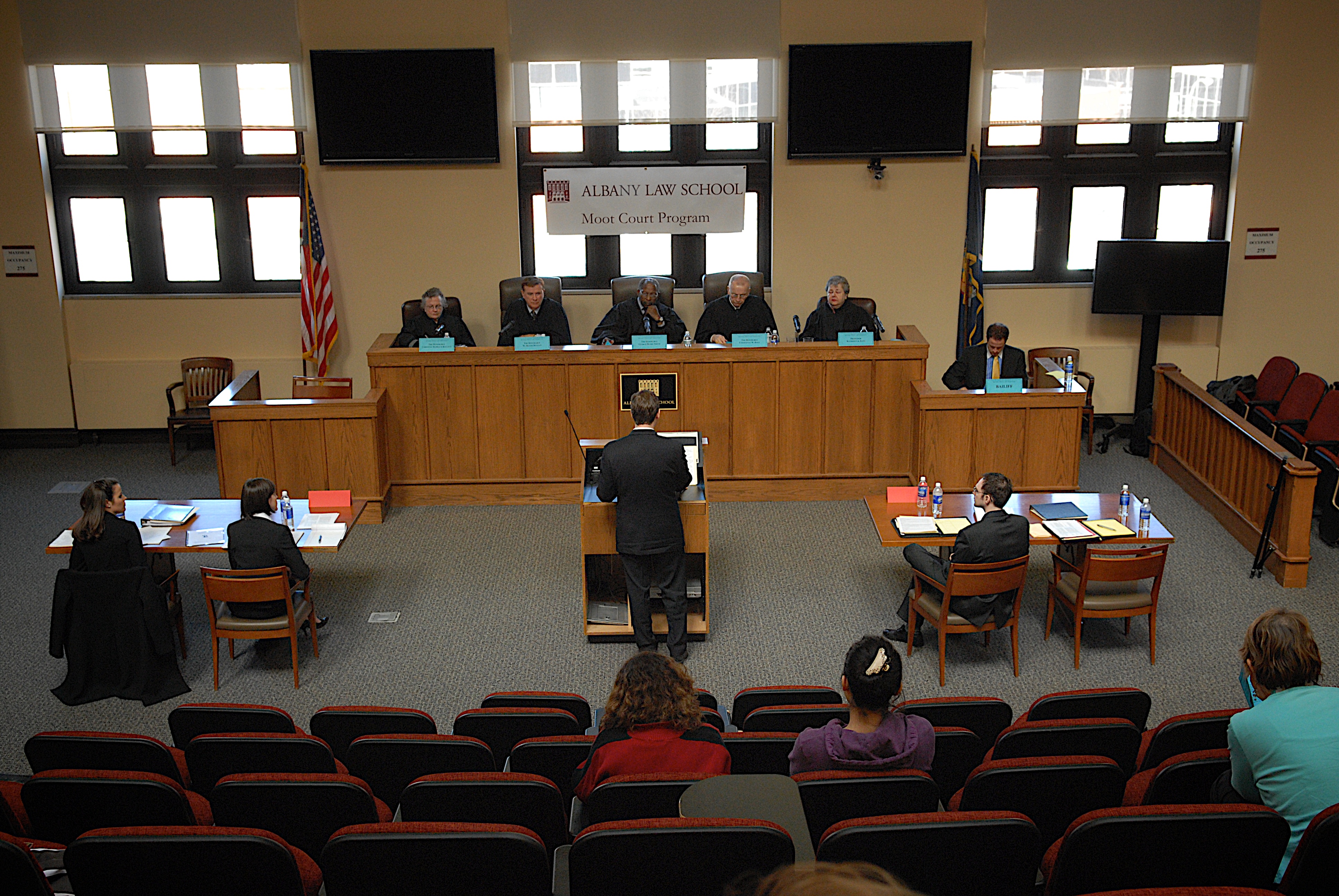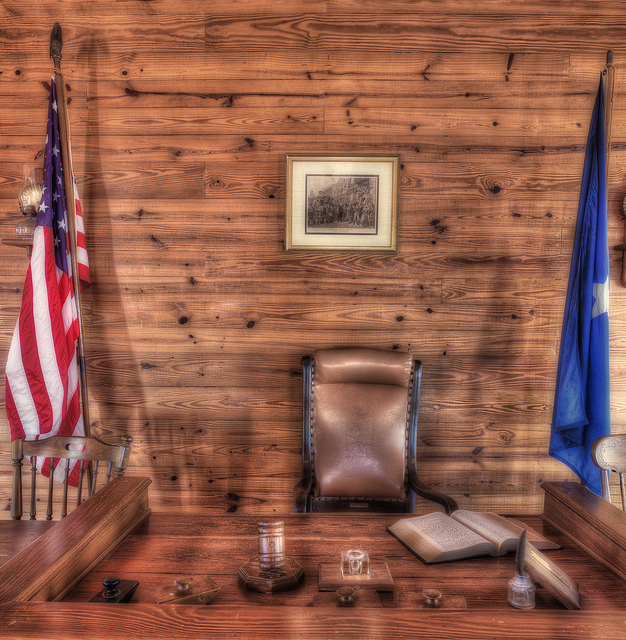While professionals should be selective about what they put on social media, law officials should be even more wary. Recently, several judges have gotten into trouble for comments they have posted on social media. While venting about a stressful job is actually quite healthy, social media is usually not the right outlet, as some judges have come to realize.
A judge in Minnesota is facing repercussions for Facebook posts he made concerning some cases over which he presided. Judge Edward W. Bearse made several troublesome remarks, including posting “In a Felony trial now [with] State prosecuting a pimp. Cases are always difficult because the women (as in this case also) will not cooperate.” Additionally, he also referred to the Hennepin County District Court as “a zoo” and made some callous remarks after a lawyer suffered from a panic attack. After coming under fire from the Minnesota Board of Judicial Standards, Judge Bearse defended himself by saying that he wasn’t aware anyone outside of his friends and family would be seeing the posts. Even if this was the case (his account is now set to private), it doesn’t make his comments any less troubling.
Incidents like this shouldn’t scare judges and other law officials away from social media, however. Social media can be used to advocate for transparency and accessibility in law, users simply need to be vigilant about how they act and how they come across online.
Article via Above the Law, November 24, 2015
Photo: I Like Facebook via Charis Tsevis [Creative Commons Attribution-NonCommercial-NoDerivs]





